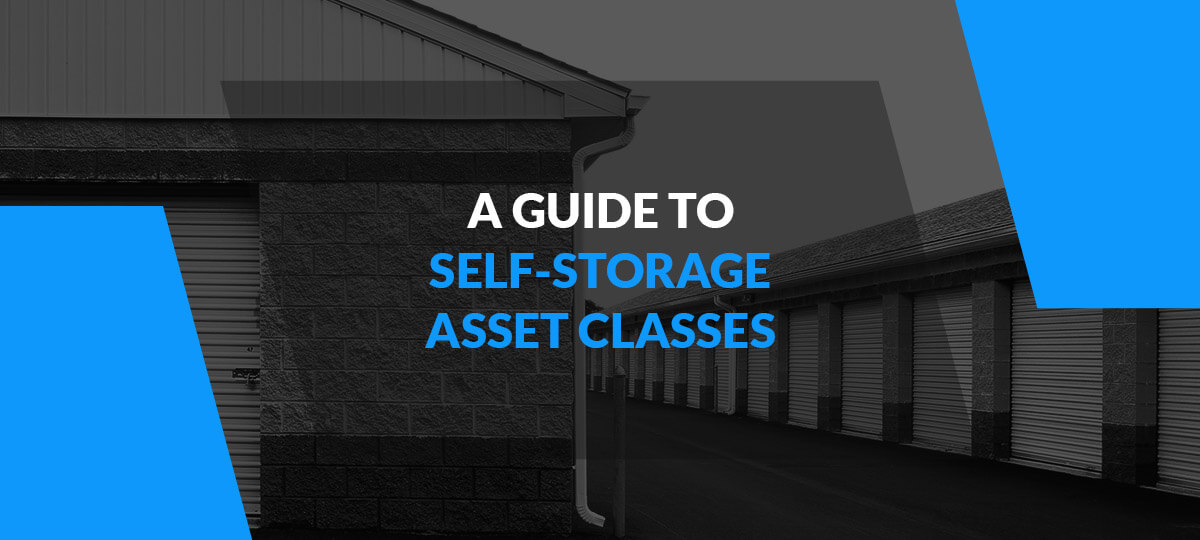A Guide to Self-Storage Asset Classes

Many people envision gravel driveways and roll-up metal doors when they think of traditional rural and suburban self-storage properties. However, this real estate segment continues to evolve with sophisticated operators and modern facilities. With the demand for these assets growing and the average household size and income increasing, learning about self-storage facility asset classes can help you build your strategy for buying and selling units for a profit.
Commercial Real Estate Asset Classes Explained
Different real estate types get divided into asset classes — Multifamily, Office, Industrial, Retail, Hotels and Hospitals, Land, Mixed Use and Special Purpose. Real estate classes are classified based on their intended purpose, price and location. Depending on their factors, self-storage facilities can fit into some of these categories:
- Industrial: Self-storage buildings may exist in an industrial space resembling a warehouse, which can vary in layout, format and size.
- Mixed Use: Mixed facilities may contain self-storage spaces and another real estate class, such as retail, on the same property.
- Special Purpose: Buildings created for a specific activity or group of people without fitting into the other real estate classes match this category.
Differences Between Self-Storage Asset Classes
Self-storage includes its own categories based on factors like building age and maintenance requirements. Each category contains different risk and reward levels for investors. The types of self-storage facility asset classes include:
- Class A: Properties in this class feature the highest quality of construction and design. They typically have prime locations, with facilities built in the last 15 years. These facilities charge the highest rent with low vacancy rates and rarely experience maintenance issues.
- Class B: Facilities in this class usually consist of older builders and may not include professional management. The buildings may experience a few maintenance issues and offer a lower rental income than Class A. Many investors view Class B as a value-add investment opportunity to acquire these facilities at a higher cap rate than Class A.
- Class C: Buildings in this class are typically over 20 years old and located in unfavorable locations. They offer the lowest rental rates in the market. Compared to the other types, these properties require the most renovation for building infrastructure.
Get Started With Investment Real Estate
There isn’t a most-profitable self-storage asset class because each offers a worthwhile investment, depending on an investor’s business plan and risk tolerance. Limited self-storage development in the past few years has kept existing properties’ prices stable. Investment Real Estate, LLC can help you maximize your investment if you’re looking to buy or sell self-storage.
To get started, contact IRE to learn more today.

